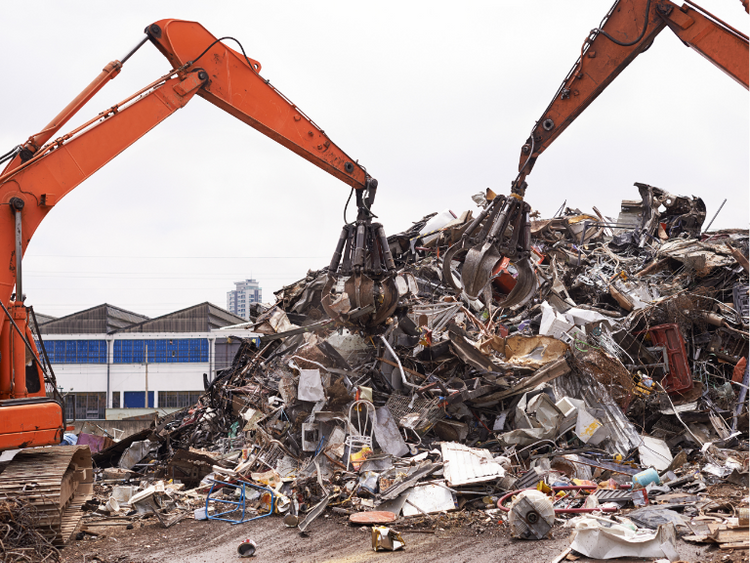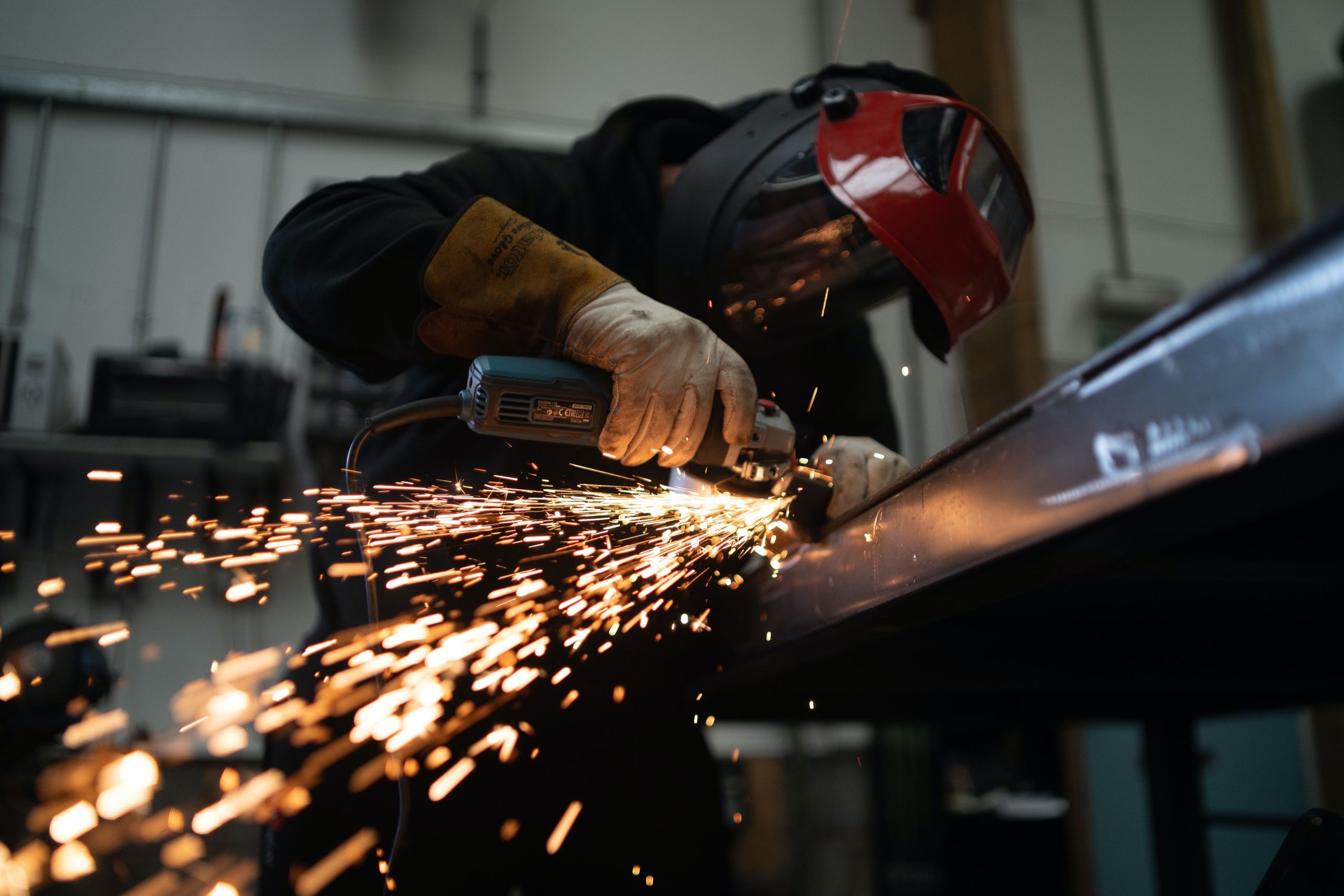Analysis

September 30, 2025
Final Thoughts
Written by Michael Cowden
We moved our pricing momentum indicators from “lower” to “neutral” for all sheet products this week. For those keeping score, we had been at “lower” for six weeks. And I know some of you think we should have been there for even longer.
In our defense, the potential for a 50% tariff on Brazilian pig iron this summer made the case for “lower” a little tricky. And while we thought domestic mills might get a carve-out (they eventually did), we couldn’t be sure of it at the time.
So why are we moving back to “neutral”? Let’s put it this way, in any other market, a major Canadian producer like Algoma Steel – which has long been an important supplier to the Midwest market – exiting the scene would have had an immediate impact on prices. We might have gone straight to “higher”.
As it stands, we know some steel buyers who had relied on Algoma as their “horse” have had to pivot to a US horse instead. We don’t see any evidence of prices skyrocketing. But there seems to be, on the sheet side, at least an attempt to firm up the bottom of the market – thus us moving to “neutral”.
After all, Algoma had been one of the lower-priced producers in the market. And so, in theory, anyway, there should be less pressure to discount to match their pricing. We did still see evidence of deals in the mid/low $700s from certain US mills over the last week. But our best guess is that US mills may try to “hold the line” on prices with Algoma out and lead times now into November at most mills (or very close to being there).
How long we remain at neutral remains to be seen. Why? President Donald Trump flexed his “golden share” to keep U.S. Steel producing at its Granite City Works in southern Illinois. And, so, Algoma’s exit probably won’t have the significant impact it otherwise would have had.
True, imports are low. And, true, inventories are lower than at this time last year. Both had been cited as reasons for prices to inflect higher in Q4. So far, though, we’re not seeing it in large part because of concerns around demand. Meanwhile, more than a few of you tell us that you’ve kicked the can on when you think the inflection point might occur into Q1.
Algoma has also traditionally been an important plate supplier to the US market. And in any other market, the loss of that output might have led plate prices sharply higher too. But there is probably little immediate reaction to the Algoma news – and a round of $60/st plate price hikes – because of ‘meh’ demand and available capacity at Nucor’s new (by steel standards) mill in Kentucky.
It’s a similar story for coated products. The coated trade case has officially been decided in favor of domestic mills. (Not that there was ever much doubt.) And yet prices continue to tick lower.
That’s sort of been the story this year when it comes to sheet and plate prices. There were sharp gains in Q1. But from “Liberation Day” onward, prices have been mostly flat or lower. Yes, we did see a modest uptick in June/early July after Trump increased tariffs to a prohibitive 50%. Still, in any other market, a doubling of tariffs probably would have had more impact.
It’s been an unprecedentedly volatile year in politics. Whether you like it or not, we’ve got something close to revolutionary change happening in Washington, D.C. But you wouldn’t know it if you were looking at the world strictly from the view of sheet and plate prices.
HR averaged $794/st in September 2025, up 15% from $690/st in September 2024, according to SMU’s interactive pricing tool. CR prices stood at $986/st on average in September 2025, up 4% from $945/st in 2024. Galv averaged $957/st in September of this year, up 5% from $913/st in September of last year. Galvalume averaged $926/st in September 2025, up ~4% from $928/st the same month in 2024. And plate averaged $981/st in September of this year, up 3% from $953/st in September last year.
In other words, US flat-rolled steel prices have increased by the single digits, on average, despite a big AD/CVD case and despite Trump increasing Section 232 tariffs to 50% – all while simultaneously removing most exemptions and exclusions.
There are a couple of ways to look at that. Maybe prices would have been catastrophically low if it weren’t for such trade measures. But those measures alone don’t seem to be enough to address demand. And if a 50% tariff, a major mill leaving, and a trade case don’t move the needle on prices, what does?
I’d be curious to know your thoughts. And, in the meantime, thanks to all of you from all of us at SMU for your continued business. We really do appreciate it.







